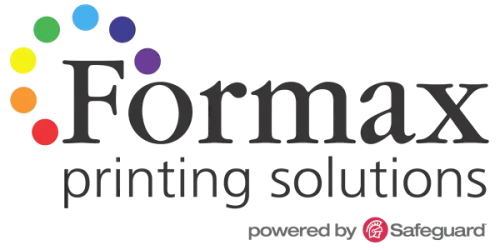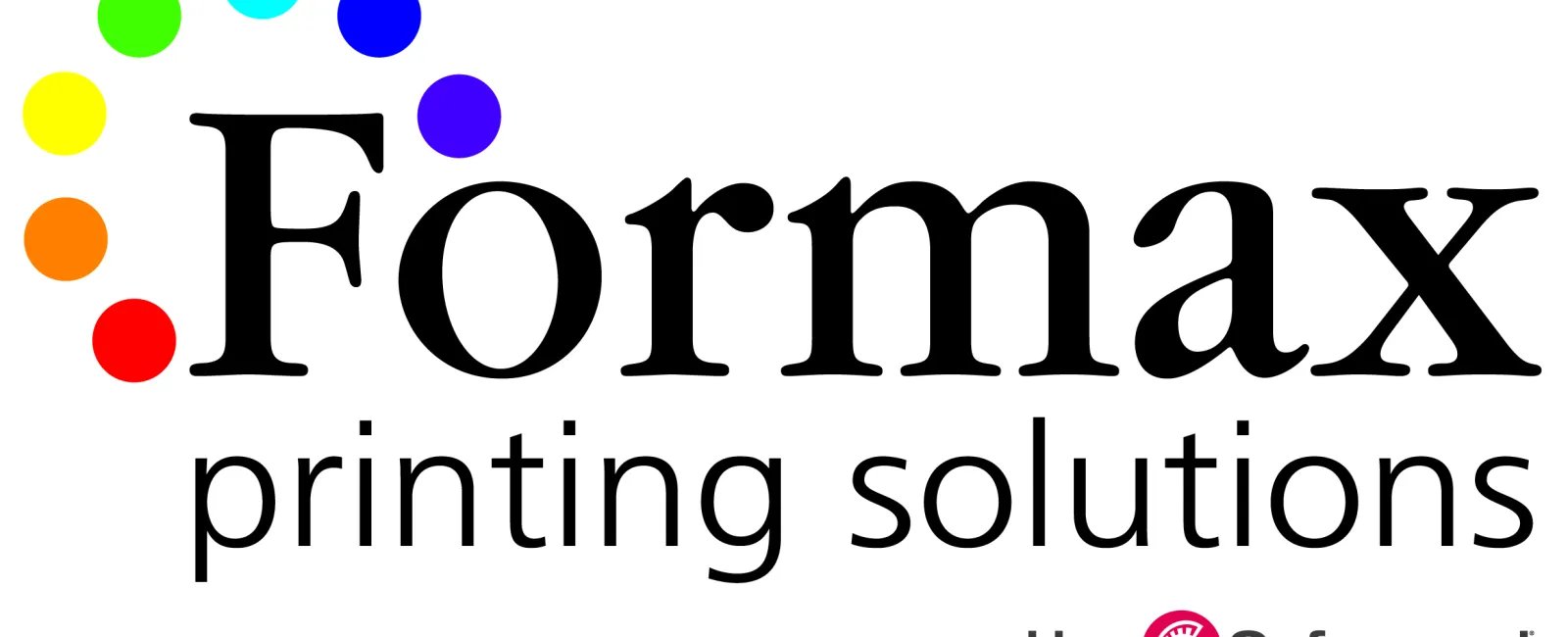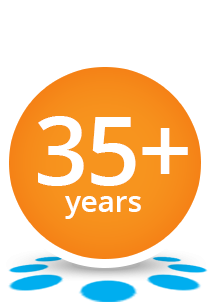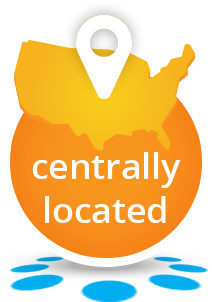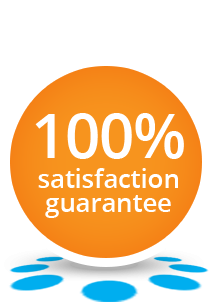Sooner or later, anyone who buys Printing for an organization will likely encounter the need to order some book, whether it is a catalog, manual, directory, etc. Because these are multi-page documents, books are naturally more involved than a flyer, business card or envelope. However, once you familiarize yourself with the basic book styles and printing methods you will see that buying printed books is really not that complicated.

Business uses for Books
Books are a powerful tool for businesses of all sizes and industries. Whether it's a company handbook, a marketing brochure, or a product catalog, books can be used to convey important information, build brand awareness, and establish credibility. For example, a well-crafted company handbook can help new employees understand the company culture and policies, while a product catalog can showcase a company's offerings and drive sales.
In addition, books can be used as an effective marketing tool, providing potential customers with valuable information while promoting the company's brand and expertise.
Books can also be used for fundraising, by creating a book that showcases a company's charitable efforts or mission. Whatever the purpose, books can help businesses establish themselves as thought leaders and industry experts, while providing a tangible and lasting way to communicate their message.
Books have many uses in the business world. Some of the more common uses include product and price catalogs, policy and safety manuals, service and operator manuals, employee directories, sales training and hiring guides, maintenance and instruction booklets, etc.
Also, there are a variety of bindery methods for books. The bindery method refers to the way the pages and cover are assembled into a book unit. Bindery methods for books used in business usually fall into the following four general categories-
Saddle Stitching
This simple method is one of the most widely used binding styles. With this softbound method, books are constructed from folded sheets that are stapled together along the crease of the fold. For example, a Saddle Stitched book that measures 8.5- x 11- when closed is constructed from 17- x 11- sheets that have been folded in half. Sometimes the book's cover is a heavier weight of paper and/or coated for durability.
Saddle Stitch binding works well for programs, wall calendars, booklets, newsletters, pamphlets, direct mailers and catalogs up to about 64 pages. Because of its construction, the Saddle Stitch method does not allow for printing on the book's spine.
Perfect Bound
The softcover books you see on bookstores' shelves are good examples of perfect-bound books. They have a square spine and the cover is usually made from paper stock that is heavier than the pages. Plus, the cover is often coated to provide durability and improve appearance. With this binding method, the pages and cover are glued together at the spine with a strong flexible glue, then the other three sides of the book are trimmed to give them sharp clean edges. Perfect binding is used for annual and corporate reports as well as manuals, catalogs and thicker product brochures. A primary advantage of perfect binding is its professional finished appearance. And since the spine is square it can generally be printed upon.
Spiral Bound
This popular binding method uses a plastic or metal coil that is inserted and twisted through small holes that run along the spinal edge of the book's cover and pages. An advantage to this type of binding method is that the pages can be opened 360 degrees which permits the book to lie flat. This makes spiral binding a good choice for reports, sales presentations, proposals, directories, cookbooks and maintenance guides. If necessary, pages can be added to or removed from a spiral bound book by hand, though not as easily as with a 3-Ring binder. Like the Saddle Stitch bindery method, spiral binding does not allow for printing on the spine.
3-Ring Binder
This common binding method is another way to join the pages of a book. Ringed binders containing loose leaf pages and tabs are frequently used for sales presentations, seminars and business meetings because the tabs allow the user to index to a specific page in the binder quickly. Three-ring binders are also commonly used for price lists and operation manuals because pages can very easily be added or removed as changes occur. The cover and/or spine of the binder can be printed upon directly, or the binder can be made with a clear plastic overlay which allows printed inserts to be slipped in for the cover and/or spine.
The Printing Method Depends on the Quantity
In addition to knowing about the various book styles, it is important for a Print Buyer to be familiar with the various printing methods. The quantity of books will determine the most cost-effective printing method.
For example, if the number of books needed is 500 or less, digital printing is generally the most cost effective production method. When the number of books needed is 500 or more, a Sheet Fed offset printing press is usually the most cost effective. And when the number of books exceeds 10,000 or so, a Web offset press is usually the most economical option. A web press prints on large rolls of paper much like the method used to print newspapers.
When printing books, knowing all your options will help you achieve the optimal result. Do you have any additional questions about book styles or printing methods? If so, just give us a call or send us an email.
Take care! Rick
